Evaluating
- Plus Plan
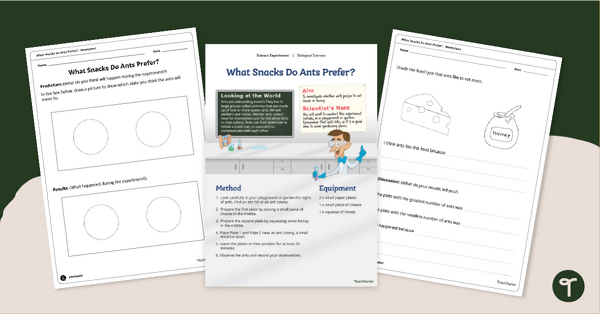
Science Experiment - What Snacks Do Ants Prefer?
Teach your early years students how to make scientific predictions and observations with an engaging hands-on science experiment.
- Plus Plan
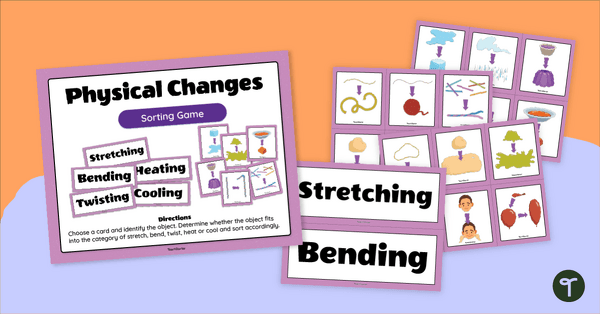
Types of Physical Change - Science Sort
Sort examples of physical changes with a printable Types of Physical Change Science Sort.
- Plus Plan
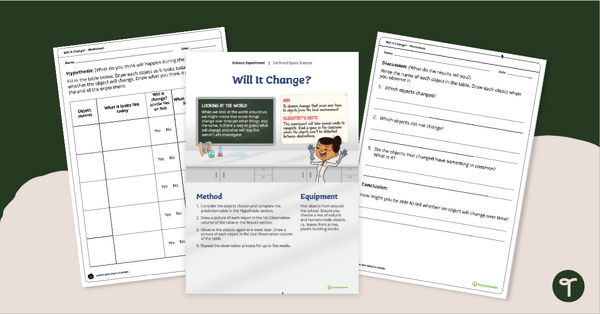
Science Experiment - Will It Change?
A science investigation in which the students observe changes that occur to various objects over time.
- Free Plan
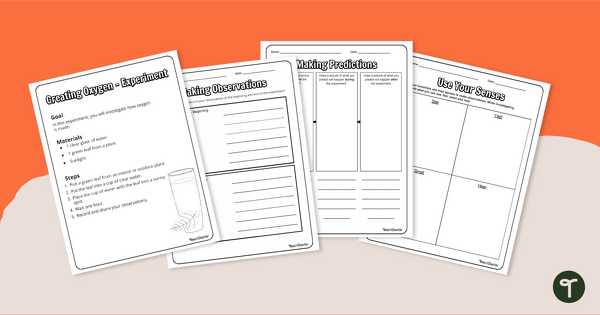
Observing Photosynthesis Experiment (F-2)
Investigate how oxygen is made with a hands on photosynthesis experiment.
- Plus Plan
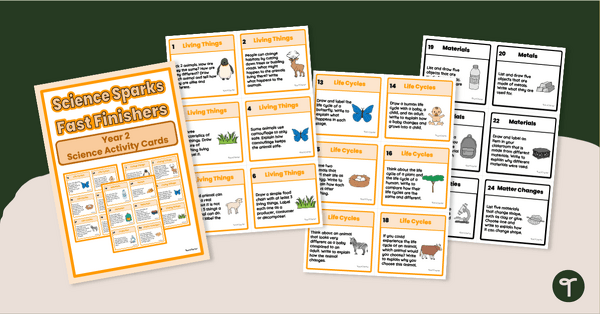
Science Sparks - Year 2 Science Activities for Fast Finishers
Use Science Sparks, a collection of year 2 science activities for fast finishers to review science standards during classroom downtime.
- Plus Plan
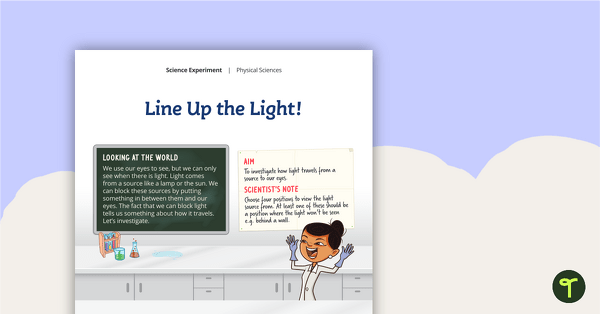
Science Experiment - Line Up the Light!
A science experiment which explores how light travels.
- Plus Plan
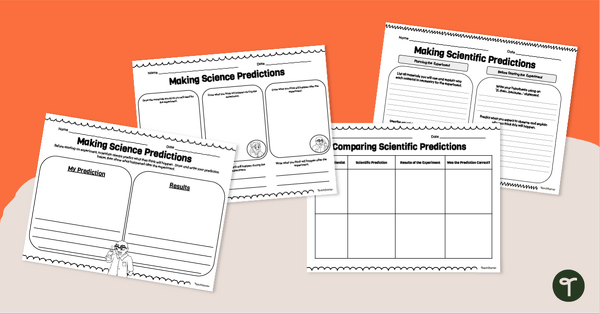
Making Predictions in Science - Worksheets (Differentiated)
Introduce your students to making predictions in science with a set of differentiated Scientific Prediction Worksheets.
- Free Plan
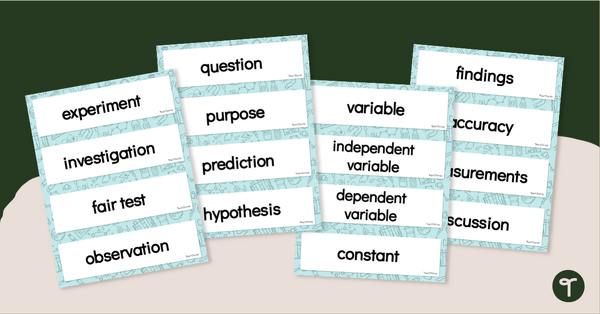
Scientific Method Word Wall Vocabulary
Introduce your students to vocabulary surrounding the Scientific Method with a printable science word wall.
- Plus Plan

Christmas Science Experiments
Perform Christmas Science Experiments and teach your students about the scientific method with a set of two printable Christmas Science activities.
- Plus Plan
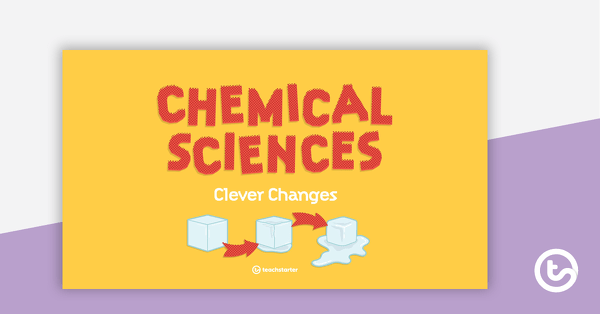
Chemical Sciences: Clever Changes – Teaching Presentation
A 56-slide teaching presentation introducing facts about different chemical changes to different materials.
- Plus Plan
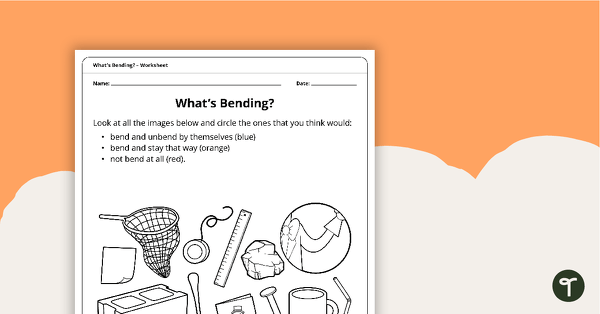
What's Bending – Worksheet
A worksheet designed for students to use their knowledge and understanding of objects and if they bend.
- Plus Plan
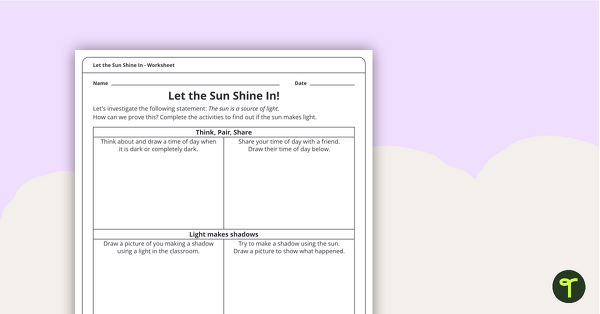
Let the Sun Shine In! - Worksheet
A worksheet to use when exploring the sun as a light source.
- Plus Plan
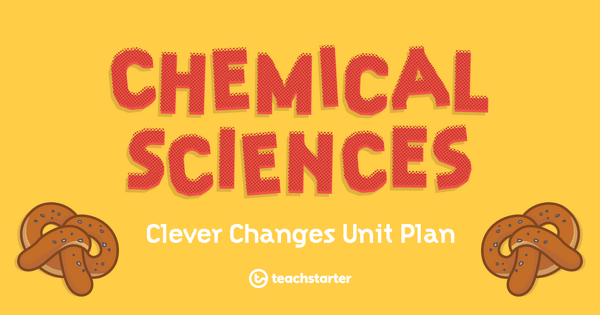
Marvellous Materials
A 60-minute lesson in which students recap their prior knowledge of materials and their physical features.
- Plus Plan
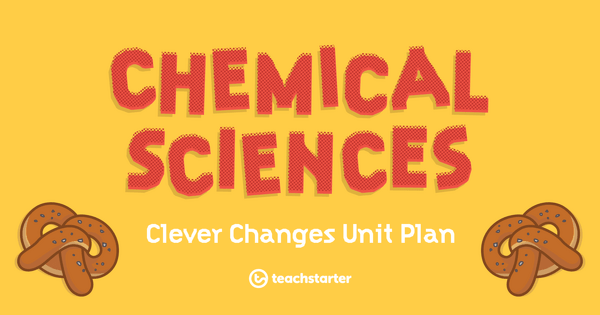
Terrific Twisting
A 60-minute lesson designed to explain how certain materials can be twisted.
- Plus Plan
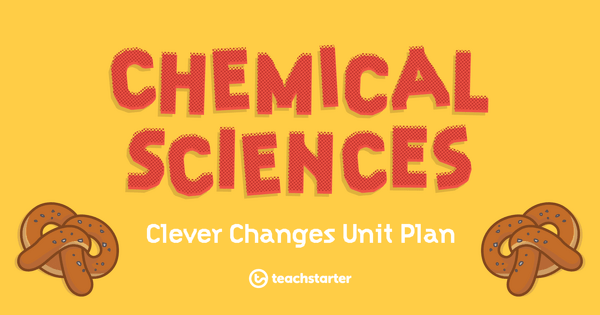
Stretch, Bend and Twist – I Think You've Got the Gist
A 60-minute lesson designed for students to use their knowledge of materials to predict and identify whether materials stretch, bend or twist.
- Plus Plan
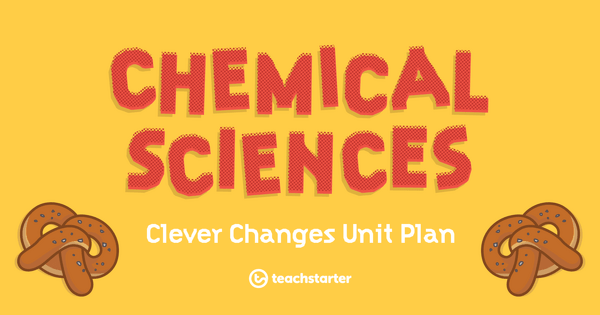
Handy Heating
A 60-minute lesson designed to explain how certain materials change when they are heated.
- Plus Plan
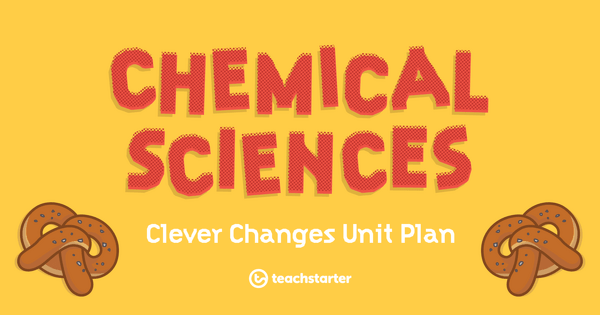
Sensational Stretching
A 60-minute lesson designed to explain how certain materials can be stretched.
- Plus Plan
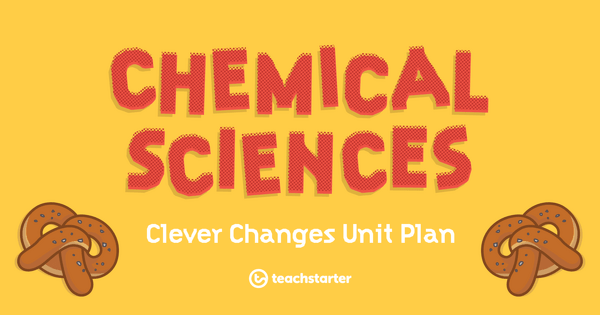
Brilliant Bending
A 60-minute lesson designed to explain how certain materials can bend.
- Plus Plan
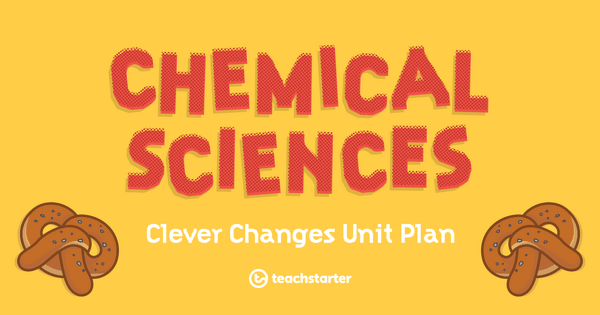
Choice Cooling
A 60-minute lesson designed to explain how certain materials change when they are cooled.
- Plus Plan
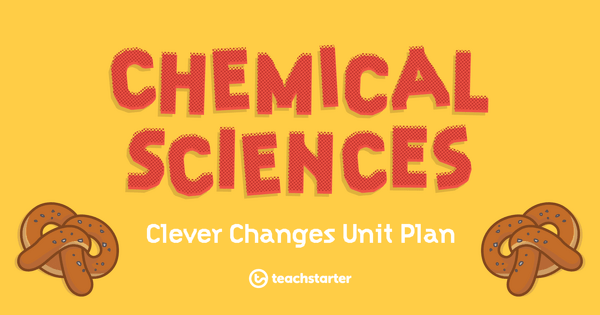
Are You Getting Hot or Cold?
A 60-minute lesson designed to summarise the physical changes that occur when things stretch, bend, twist, heat and cool.
- Plus Plan
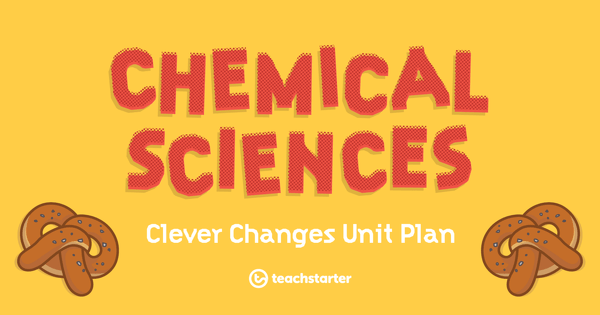
Assessment: Chemical Science – Clever Changes
A 30-minute assessment designed to assess students' ability to describe physical changes in materials.
- Plus Plan
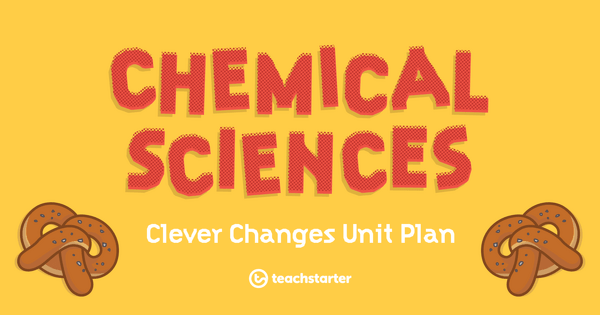
Chemical Sciences: Clever Changes – Unit Plan
This Chemical Sciences unit investigates the physical changes of materials and how properties change when materials stretch, bend, twist, heat or cool. Students predict how materials will vary and whether they can be returned to their original state.
- Plus Plan
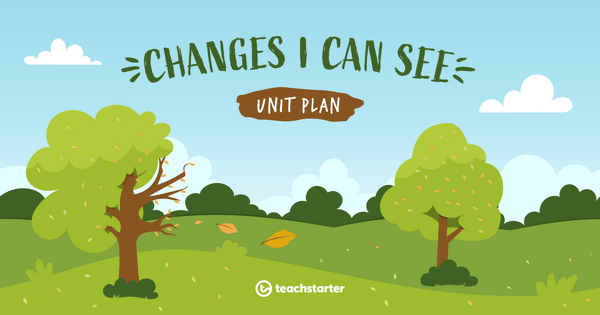
Changes I Can See!
This Earth and Space Sciences unit explores how and why changes occur in the sky and landscape, and develops students' ability to describe these changes in their local environment.
- Plus Plan
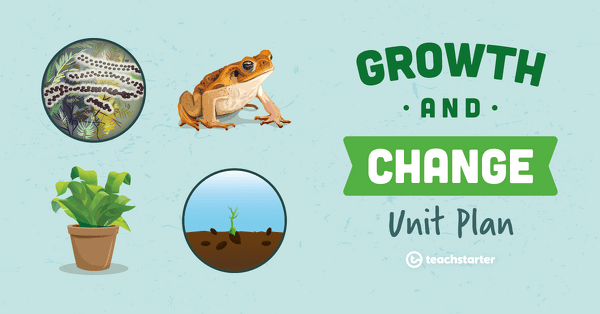
Growth and Change Unit Plan
This Biological Sciences unit explores how living things grow and change. Animal offspring (including humans) are compared with their parents and plants are grown from seed in order to observe change over a period of weeks.
- Plus Plan
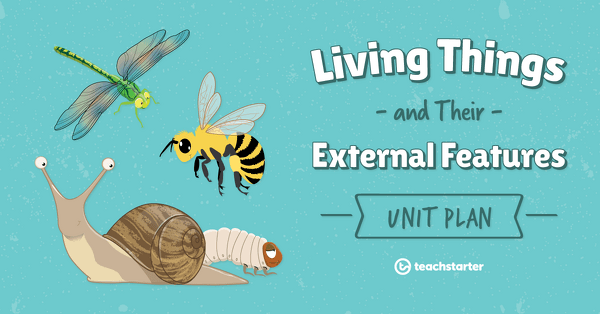
Living Things and Their External Features Unit Plan
This Biological Sciences unit covers a range of concepts relating to living things, such as their external features and the places in which their needs are met.
- Plus Plan

Light and Sound Unit Plan
This Physical Sciences unit addresses the concepts of light and sound and how they are sensed.
- Plus Plan
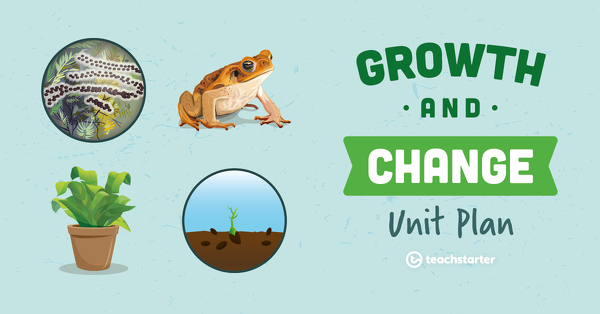
This is Your Life
A 60 minute lesson in which students will demonstrate knowledge and understanding of the stages of the human life cycle.
- Plus Plan

Big Changes!
A 60 minute lesson in which students will develop their understanding of the concept of metamorphosis.
- Plus Plan
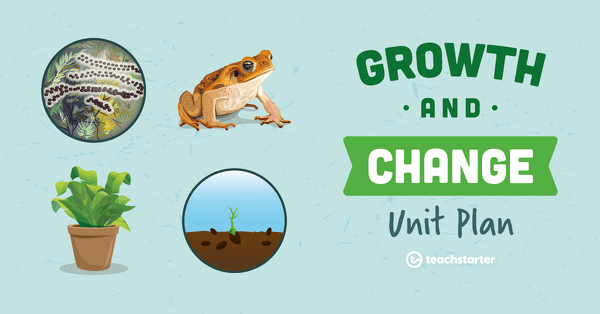
Going Through Stages
A 60 minute lesson in which students will demonstrate knowledge and understanding of simple life cycles.
- Plus Plan
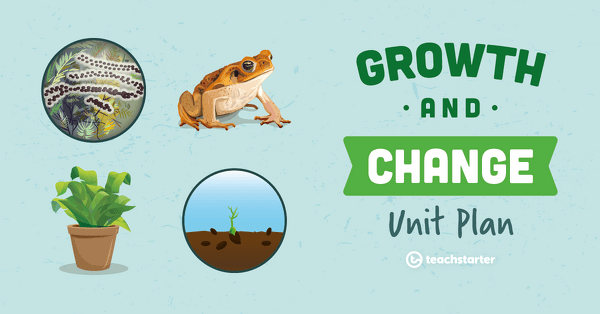
A-Planting We Will Go!
A 60 minute lesson in which students will plant seeds following the procedure of the scientific method.
- Plus Plan
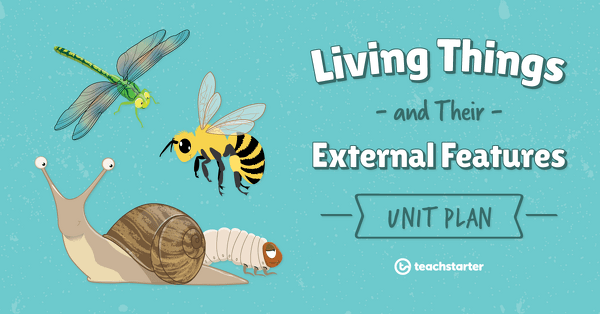
What Snacks Do Ants Prefer?
A 60 minute lesson in which students will investigate which foods ants prefer to eat.
- Plus Plan
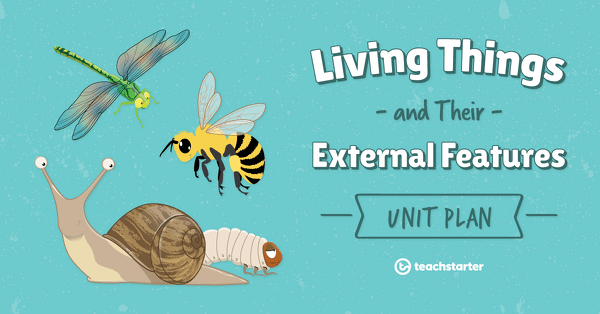
What Did We Find On Our Playground Safari?
A 60 minute lesson in which students will represent and communicate observations and ideas in a variety of ways.